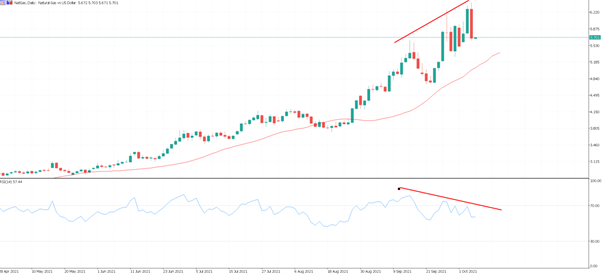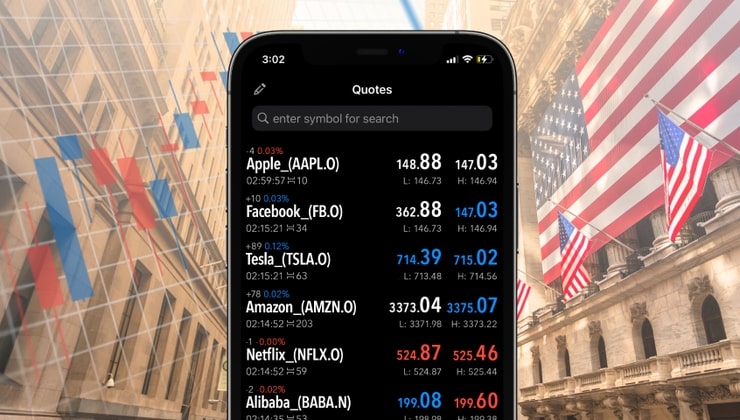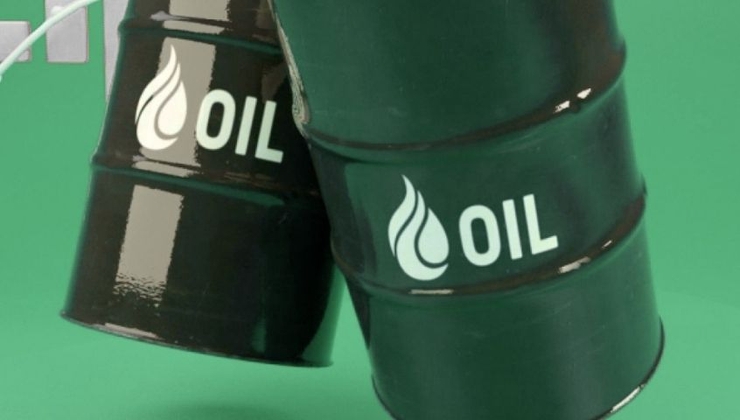- English
- 中文版
We’ve seen EU and UK NG prices absolutely flying on the re-open, with UK NG futures up 40% early on, taking the recent bull run to 312% in 33 days. US (NYMEX) NG prices trading to $6.42 – just shy of the $6.49 high we saw on 24 Feb 2014, and traders were keenly watching to see if price could close above here – it also took the moves from the April low to 163%.
With price above $6.40, and eyeing a further extension into $6.50, we’ve seen the DAX -2.4% and S&P 500 futures -1.4% - risk was getting hit as traders feared stagflation risks were on the march and questioned how on earth do central banks deal with a stagflation event driven by a supply shock?
What’s more, with EU gas futures effectively doubling in two weeks, we ask how does this play out on economics when the likes of Italy source about 40% of its energy needs from gas, the UK close to 40% and the US 37%. Gas prices matter and the market knows it. We know systematic players like the CTA (commodity trading advisors) and trend-following crowd have largely been behind this move higher, however fundamentally, we’re going into a winter period with inventories far lower than where they’d typically be at this time of year.
While coal is where we need to be watching, when it comes to inflationary dynamics, we can’t forget crude moves either, with Brent crude pushing above $83, while spot LNG prices hit a record in Asia, with the single biggest one-day advance ever.
The energy factor is not confined to one jurisdiction but is a global phenomenon and inflation expectations across developed markets ripped higher. The cynicism towards the widely held view from DM central banks of ‘transitory’ inflation was expressed clearly in selling across bond markets – again, when there are limited signs of demand destruction and the move is parabolic, and we know this is inflationary and central banks can’t solve this, markets need to wear a higher risk premium.
In steps Russian President Vladimir Putin – a moment many had been expecting – promising to export greater quantities of gas to Europe and beyond current contracted volumes. There are conditions of course, and one of these could be to rubber stamp the Nord Stream 2 pipeline. Whether this is truly the answer to the unfolding energy crisis is yet to be seen, as we have our eyes on weather patterns and winter temperatures in Europe, UK and parts of the US, and a potential inventory build - but in a market so stretched – price was pushing 2.5 standard deviations from the 20-day MA - it was the smoking gun to cause a punchy reversal.
Natural Gas vs US Dollar

(Source: Tradingview - Past performance is not indicative of future performance)
So the elastic band was primed. The divergence crowd saw a triple divergence (between RSI and price) and this is playing out, with price also printing a strong bearish engulfing – so we’re seeing a change of market structure that could be defining. We’ll watch for follow-through selling here, with price holding the 15 Sept high – it takes a brave soul to make a call here given implied volatility is so incredibly high – but follow-through selling on open may take this into the low $5 range.
What’s interesting is that as gas prices fell, so too we saw good buying in risk assets like equities and buyers of bonds. When inflationary pressures are central to the narrative - Nat gas, crude, and energy more broadly matter to markets – keep them on the radar.
For those looking to express a view, you can trade Nat gas, SpotCrude or SpotBrent as CFDs or trade a broad range of ETFs on Nat gas and energy more broadly with Pepperstone.
Related articles
Ready to trade?
It's quick and easy to get started. Apply in minutes with our simple application process.
The material provided here has not been prepared in accordance with legal requirements designed to promote the independence of investment research and as such is considered to be a marketing communication. Whilst it is not subject to any prohibition on dealing ahead of the dissemination of investment research we will not seek to take any advantage before providing it to our clients. Pepperstone doesn’t represent that the material provided here is accurate, current or complete, and therefore shouldn’t be relied upon as such. The information, whether from a third party or not, isn’t to be considered as a recommendation; or an offer to buy or sell; or the solicitation of an offer to buy or sell any security, financial product or instrument; or to participate in any particular trading strategy. It does not take into account readers’ financial situation or investment objectives. We advise any readers of this content to seek their own advice. Without the approval of Pepperstone, reproduction or redistribution of this information isn’t permitted.


